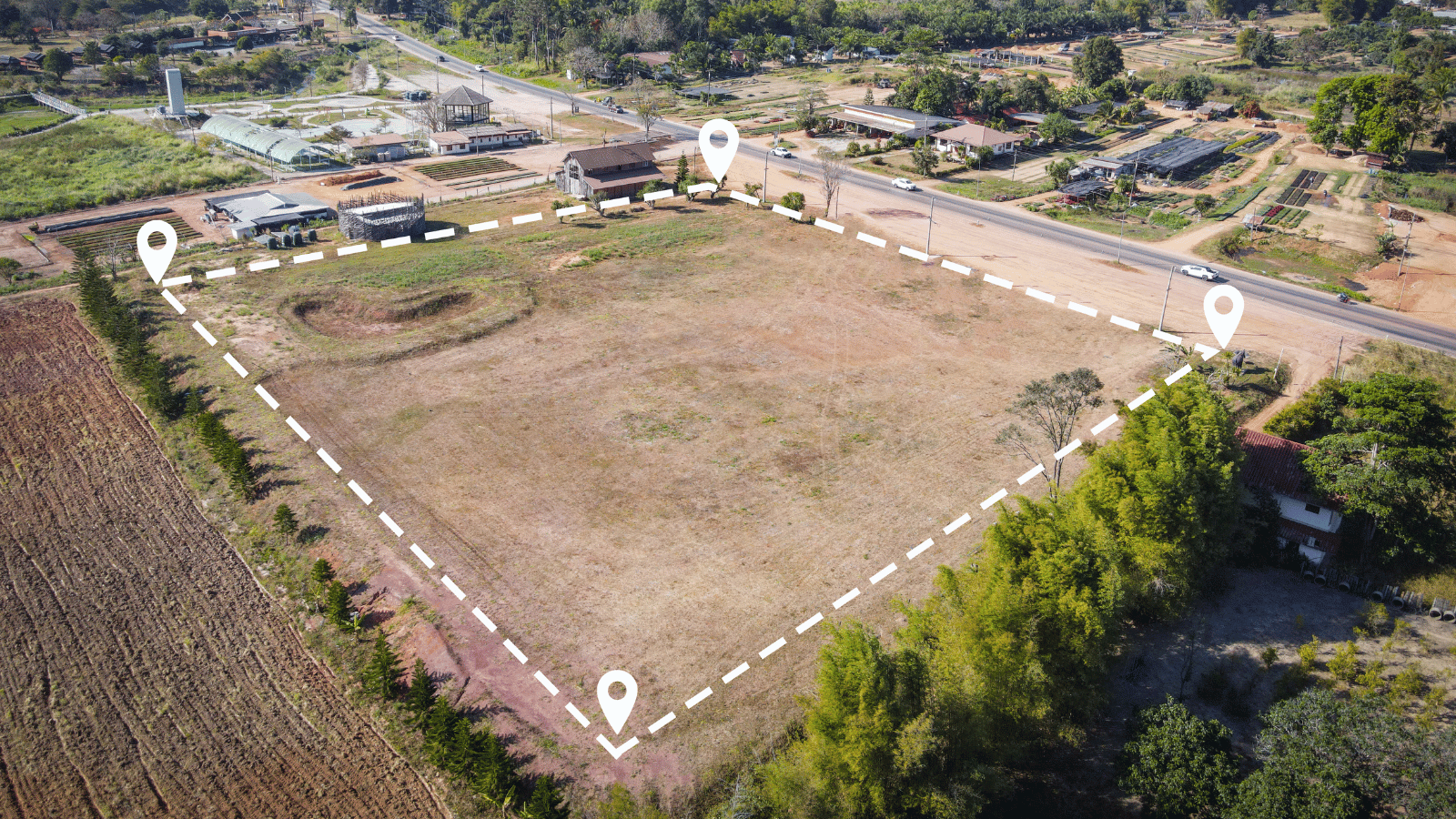
What is a Coordinate Reference System (CRS)?
Imagine you’re a contestant on The Amazing Race or on a much smaller scale, playing treasure hunt, and are referencing a giant map. The map is the Earth, and you need to find specific locations. Now, to make sure you can find the next pit stop or treasures accurately, you need a set of rules for reading and describing locations on the map.
That set of rules is like a Coordinate Reference System (CRS).
A CRS defines how to assign coordinates (such as X and Y on a grid) to places on the map.
When there is a consistent way to find places on a map, everyone uses the same method to describe locations accurately.
Coordinate Reference System (CRS)
A Coordinate Reference System (CRS) is a system that uses numbers to precisely pinpoint locations on maps or the Earth’s surface, ensuring everyone uses the same rules for describing positions.
By defining sets of coordinates and a standardised framework, it offers a consistent way to specify locations, making it possible for maps and geographic data to be accurately interpreted and shared.
A CRS typically includes a reference point, a set of axes, and a unit of measurement.
What Purpose Does a CRS Serve?
CRS is primarily used to describe how coordinates are represented, mapped, and interpreted in a specific geographic or projected space. It is used for locating and referencing points on the Earth’s surface accurately.
CRS is used in geography (the study of the Earth’s landscapes, environments, places, and the relationships between people and their surroundings) and cartography (the design, production, and interpretation of maps, which are graphical representations of geographical information).
Different Types of CRS
- Geographic CRS: Based on a spherical or ellipsoidal model of the Earth’s surface, commonly using latitude and longitude coordinates.
- Projected CRS: Maps the three-dimensional spherical or ellipsoidal Earth onto a two-dimensional plane, such as a map or a flat surface. Examples include Universal Transverse Mercator (UTM) and State Plane Coordinate Systems.
- Vertical CRS: Specifies elevations or depths relative to a reference surface (e.g., sea level).
Some examples of commonly used CRS include:
- Universal Transverse Mercator (UTM) system,
- Geographic Coordinate System (GCS), and the
- Military Grid Reference System (MGRS).
How CRS is Used in Property and Real Estate
Coordinate Reference Systems (CRS) play a crucial role in property and real estate in several ways:
- Property Identification:
CRS can be used to precisely locate and identify properties. Property boundaries, corners, and specific locations can be accurately described using coordinates, which is essential for legal and cadastral (land ownership) records. - Mapping and Surveying:
Surveyors use CRS to create property surveys and maps. These maps are crucial for property transactions, boundary disputes, and construction projects. Accurate coordinates ensure that properties are properly defined. - Land Registration:
When properties are bought or sold, accurate coordinates and CRS are used to update land registration records. This helps ensure the legality of property transactions and reduces the likelihood of property disputes. - Zoning and Planning:
Urban and regional planners use CRS to map out zoning areas, plan infrastructure, and make decisions about land use. This information is crucial for developers, homeowners, and local governments. - Property Valuation:
CRS can be used in property valuation models to assess the value of properties based on their location, proximity to amenities, and other geographic factors. - Real Estate Marketing:
Real estate agents and online platforms often use mapping systems that rely on CRS to display property locations accurately. This makes it easier for buyers to understand the property’s surroundings. - Environmental Impact Assessment:
When considering property development, CRS can be used to assess the potential environmental impact, taking into account factors like proximity to water bodies, floodplains, and protected areas. - Infrastructure Development:
CRS is used in the planning and construction of transportation networks, utilities, and other infrastructure. It helps ensure that developments are located optimally and adhere to safety standards. - Disaster Risk Assessment:
CRS is also essential in assessing properties’ vulnerability to natural disasters, such as floods or earthquakes. This information is vital for insurance purposes and disaster preparedness.
As you can see Coordinate Reference Systems (CRS) play a pivotal role in many facets of property and real estate management, and are used widely by proptechs.


